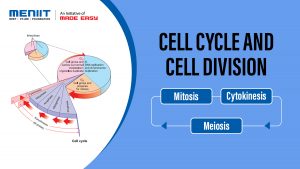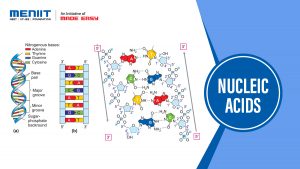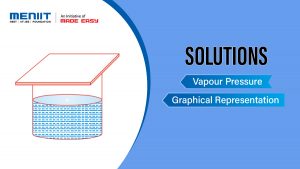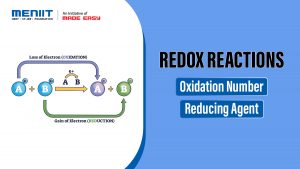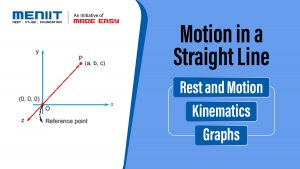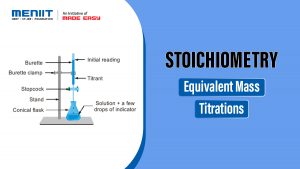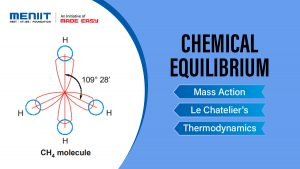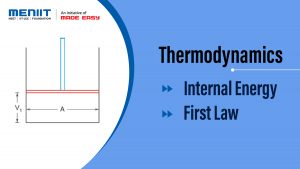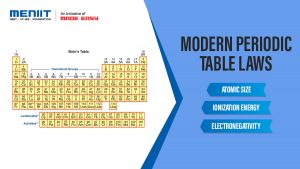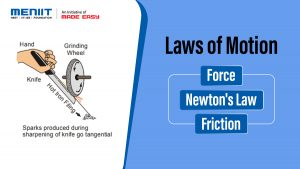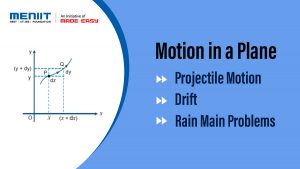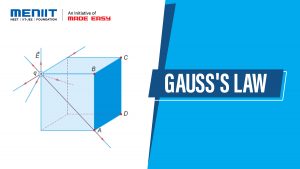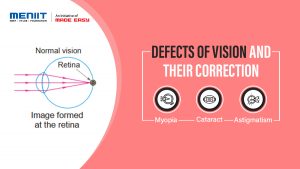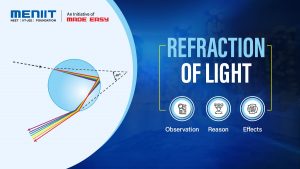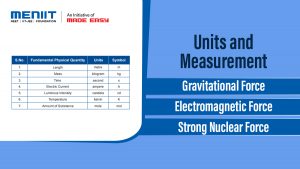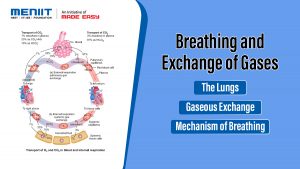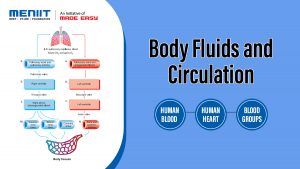Enzymes
Enzymes or biocatalysts are proteinaceous substances that are capable of catalyzing chemical reaction of biological systems without themselves undergoing any change.
All enzymes are proteins except Ribozymes – viz – Ribonuclease-P, Snurps (Ribonucleoprotein), ScRNAs (cytoplasmic RNAs), Peptidyl transferase. Enzymes are generally globular with three-dimensional conformation and active sites.
Activation Energy
This is amount of energy required to overcome energy barrier of reactants and make them reactive to start a chemical reaction e.g. 32000 cal/mole for acid hydrolysis of sucrose.
Nature of Enzyme Action
Each enzyme has an active site to which substrate binds and forms a short lived highly reactive enzyme-substrate complex. This is followed by formation off the enzyme-product complex (EP). Finally, the enzyme product complex dissociated into product (P) and the enzyme freed remains unchanged and is able to bind more substrate molecules.
The formation of the ES complex action can be described as follows.
![]()
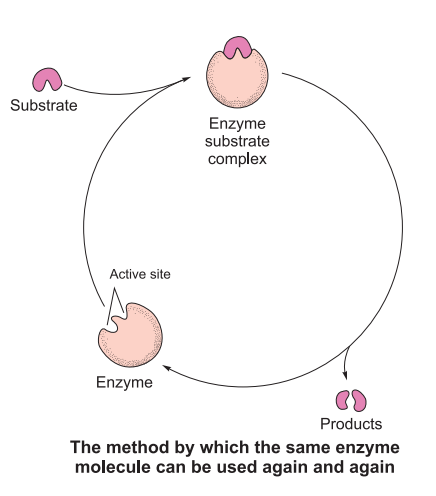
Classification of Enzymes
International union of bio-chemistry (IUB 1961), has classified enzymes into six classes and each enzyme has a four digit classification – class, subclass, subdivision of subclass and serial number e.g. hexokinase – 2.7.1.1, trypsin – 3.4.21.4 etc.
- Class I: Oxidoreductases – These catalyse oxidation and reduction reactions (addition or removal of oxygen / hydrogen / electrons) e.g. oxidases, catalase, peroxidases, dehydrogenases, reductases,
![]()
- Class II: Transferases – These transfer a group / radical from one chemical to another, e.g. transphosphorylases, transglycosidases, transacylases, transmethylases, transaminases, etc.
![]()
- Class III: Hydrolases – These perform cleavage of substrate through the addition of water in the region of specific bonds e.g. carbohydrases (glycosidases), esterases (lipase, phosphatases, sulphatases), amidases and proteases.
- Class IV: Lyases – These perform non-hydrolytic cleavage, union, removal or addition of groups e.g. decarboxylases, aldolases, some carboxylases. AND produces double bond.
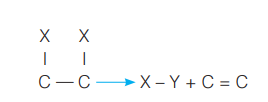
- Class V: Isomerases – These perform molecular rearrangement to form optical, geometrical or positional isomers.
- Class VI: Ligases / Synthetases – These catalyse synthesis of different bonds (C–C, S–S, C–O, C–N) in presence of energy provided by ATP e.g. pyruvate carboxylase. Water may or may not be released. These bring about polymerization / condensation reaction, amination, carboxylation.

